|
With its towering forests, refreshing rivers and glittering lakes, the part of Michigan where we live might be the last place you'd expect to find patches of prairie. But find them you will, if you know where to look. 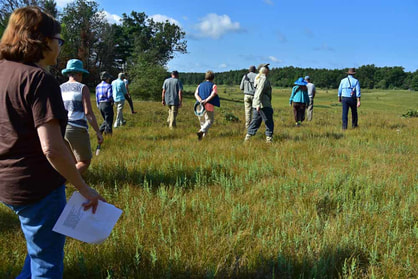 Setting out on our walk Setting out on our walk One fine swath, only a 15-minute drive from our house, is the Michigan Nature Association's Newaygo Prairie Nature Sanctuary. I visited the site last Saturday with a group from the River City Wild Ones native plant organization. Led by Michigan Nature Association regional stewardship organizer John Bagley, we poked around the prairie for a couple of hours, admiring such late-summer bloomers as rough blazing star (Liatris aspera), gray goldenrod (Solidago nemoralis), fern-leaf false foxglove (Aureolaria pedicularia), prairie sunflower (Helianthus petiolaris) and cylindrical blazing star (Liatris cylindracea). High overhead, nighthawks circled. Lovely to watch, but we also had to keep an eye on the ground to look out for prickly pear cactus (yes, cactus in Michigan!) and northern dewberry, also known as untie-your-shoe berry, for its habit of tangling around walkers' feet. John told us that the Michigan Nature Association purchased the 110-acre sanctuary in 1969. Prairies are considered endangered habitats in Michigan because so much open acreage was converted to farmland in the 19th and 20th centuries. But Newaygo County's hilly topography and sandy soils thwarted agriculture in some areas. Prescribed burns and removal of invasive plants, such as the noxious spotted knapweed, have helped keep the sanctuary in something close to its original state. "There's no place else in Michigan where you can find this quality of prairie," John said. "What makes it different is the diversity of plants—not only grasses but also forbs." (Forbs are herbaceous flowering plants that are not grasses.) Like all MNA sanctuaries, Newaygo Prairie depends heavily on volunteer help. John is "exceptionally good at involving local people in local sanctuaries," said Patricia Pennell, a founding member of River City Wild Ones and steward of another MNA sanctuary. Conservation and community: a winning combination, if you ask me. 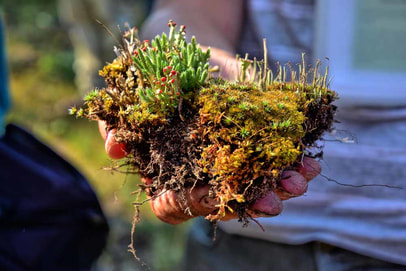 Lichens and associated plants found on the prairie walk Lichens and associated plants found on the prairie walk A few more words about MNA before we venture any farther on our prairie ramble. Founded sixty-five years ago, the nonprofit organization was originally a bird-study group. But as environmental issues became a pressing concern throughout the state, MNA segued into education, converting a house trailer into a nature museum and towing it around to schools.  Newaygo Prairie is one of more than 170 Michigan Nature Association sanctuaries Newaygo Prairie is one of more than 170 Michigan Nature Association sanctuaries Before long, members realized they needed to do more, and the group began purchasing sensitive property to set aside as sanctuaries. Today, the organization maintains more than 170 sanctuaries throughout the state. 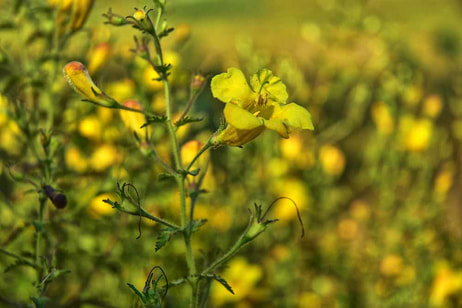 Fern-leaf false foxglove Fern-leaf false foxglove Newaygo Prairie—one of MNA's oldest sanctuaries—harbors more than a hundred plant species, as well as birds, insects and other animals that depend on those plants for food and shelter. On our walk, I saw several kinds of plants I'd not seen elsewhere, and I picked up some fascinating info-bits to stash in my natural history memory bank. For example:
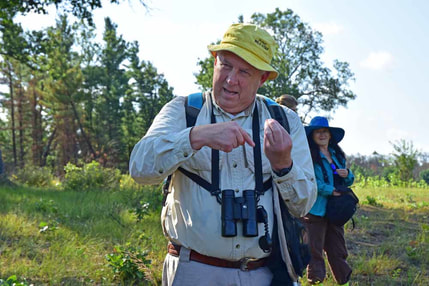 Ranger Steve Ranger Steve One highlight of the morning's walk was meeting "Ranger Steve" Mueller. Steve's business card describes him as "Naturalist – Photographer – Butterfly Chaser," and while that probably doesn't cover it all, it's a fair sum-up for a guy who spearheads annual butterfly counts, writes a nature column for local newspapers, operates his own nature sanctuary, and seems to know a heck of a lot about all manner of flora and fauna. I hope to visit Steve's sanctuary near Cedar Springs sometime soon. Stay tuned for that excursion. Is there a little-known nature preserve or wildlife sanctuary near you? What makes it special?
12 Comments
8/23/2017 06:35:28 am
Lovely post. And couldn't believe the dragonfly comfortably perched on Ranger Steve's hand!
Reply
Nan
8/23/2017 08:00:41 am
Thanks, Susan. I agree - those lichens have a magical look and feel. One type is even called pixie cup lichen.
Reply
Sally Pobojewski
8/23/2017 08:05:00 am
Fascinating post, Nancy! When I'm in Iowa, my Dad and I always go to the Neal Smith National Wildlife Refuge south of I-80 near Prairie City, Iowa. It's 8,000 acres sitting in the middle of corn and soybean fields. Staff and volunteers have been working since 1993 to convert it back to native tallgrass prairie. The preserve supports about 60 buffalo and 40 elk, which you can sometimes see as you drive through the preserve. It's worth the trip.
Reply
Nan
8/23/2017 08:33:39 am
Sounds wonderful, Sally. There's a Nature Conservancy tallgrass prairie preserve near my hometown in Oklahoma, too. I haven't been there in quite a few years, but I'd like to visit it again on one of our trips down there.
Reply
Bex
8/23/2017 08:34:13 am
That prickly pear looks great! The ones at Pte. Pelee (in Canada) are wizened but valiant!
Reply
Nan
8/24/2017 07:09:19 am
Great description. These must've been using botox.
Reply
Tonya Howe
8/23/2017 09:14:11 am
Nan, thanks for sharing info on prarie plants. We have 6 of the 7 you showed, on our property . We also have blue-tipped prarie grass, all of which I enjoy walking past and am careful to preserve. By the way, I love the photo of the enraptured on-lookers (dragon fly photo) lol . ♡
Reply
Nan
8/24/2017 07:10:53 am
Wonderful to know you have such diversity on your property. Glad you're preserving and enjoying it. (I loved the onlookers' expressions, too.)
Reply
emily everett
8/25/2017 04:55:21 am
Very cool! Newaygo is so full of lovely surprises.
Reply
Nan
8/27/2017 11:41:59 am
True! And interesting people to explore them with.
Reply
Great informative post. I remember when I first heard Michigan had prairies, I thought oh pshaw. I'm from Central IL. I know prairies. But as you know, Midwest prairies are mostly cornfields. So happy to know these beautiful prairies escaped the plow. Thank you for the info on MNA. New info for me. Fantastic photos!
Reply
Nan
9/16/2017 07:20:38 am
We saw a lot of those corn fields on our recent drive down to Oklahoma. I'm hoping to make it to the tall grass prairie preserve while we're down here.
Reply
Leave a Reply. |
Written from the heart,
from the heart of the woods Read the introduction to HeartWood here.
Available now!Author
Nan Sanders Pokerwinski, a former journalist, writes memoir and personal essays, makes collages and likes to play outside. She lives in West Michigan with her husband, Ray. Archives
April 2022
Categories
All
|
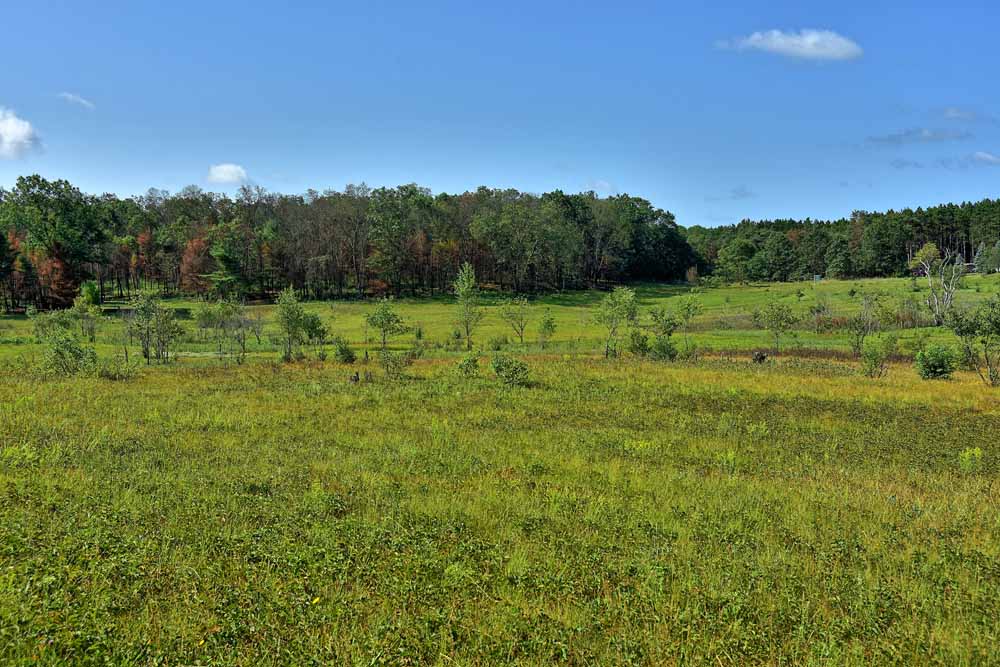
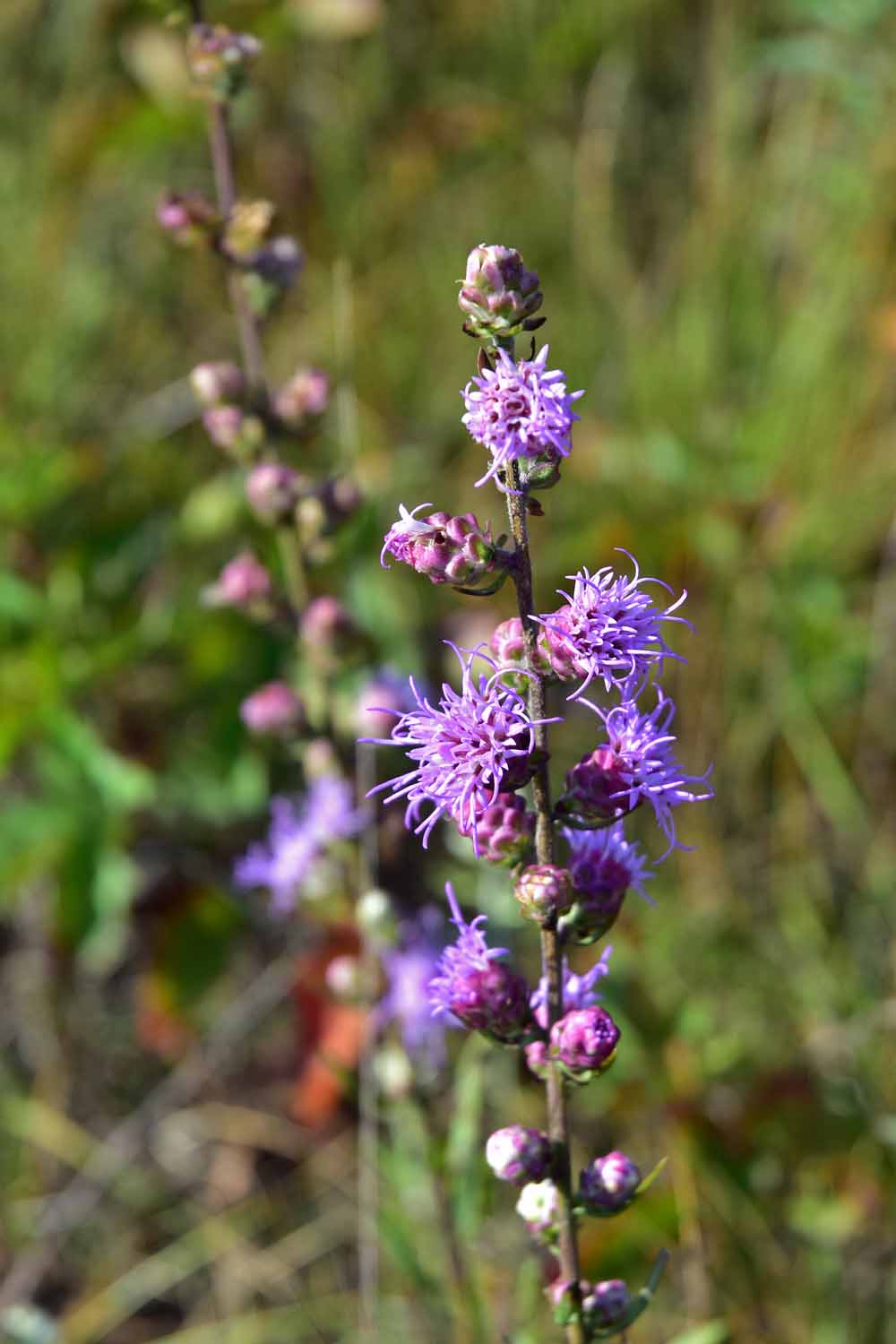
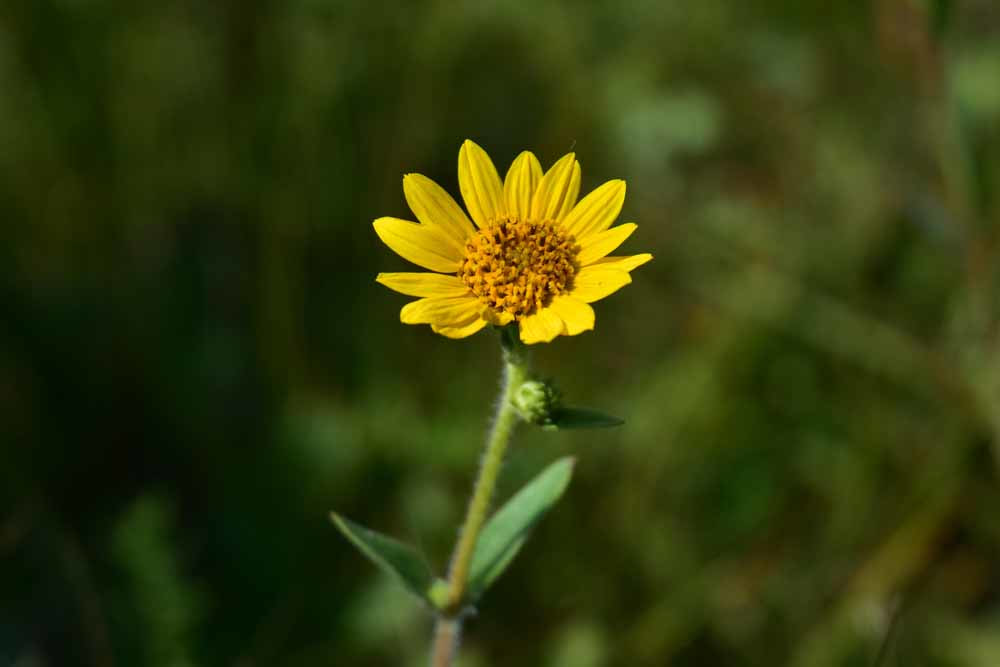
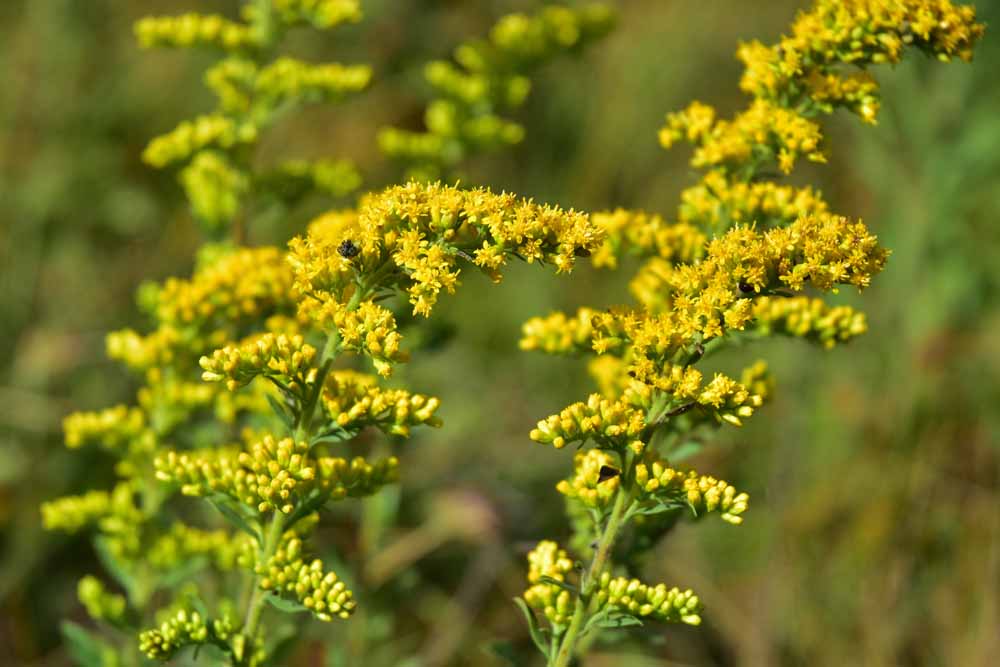
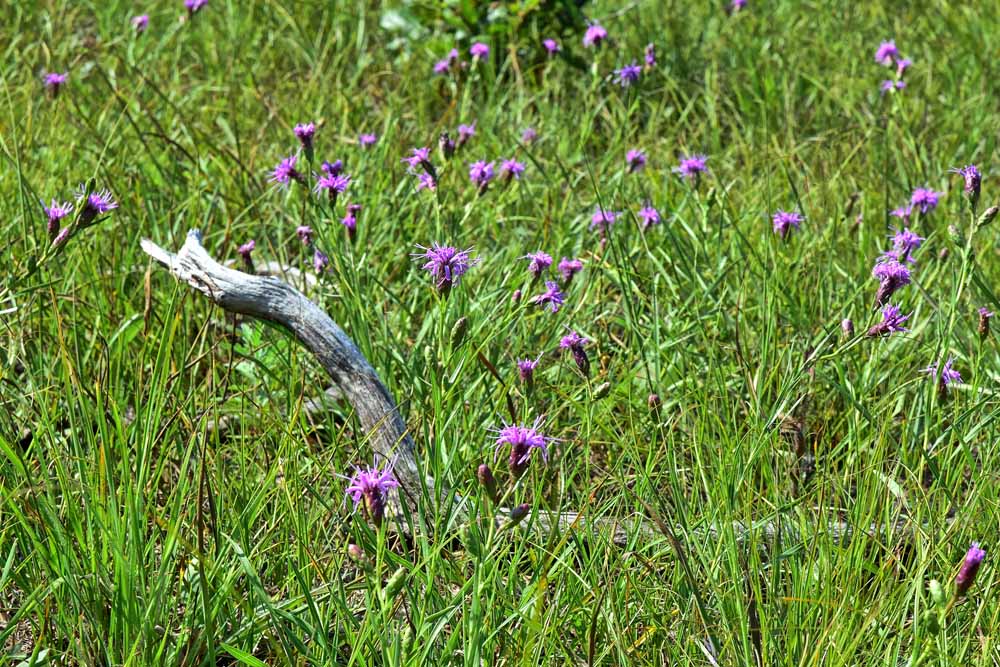
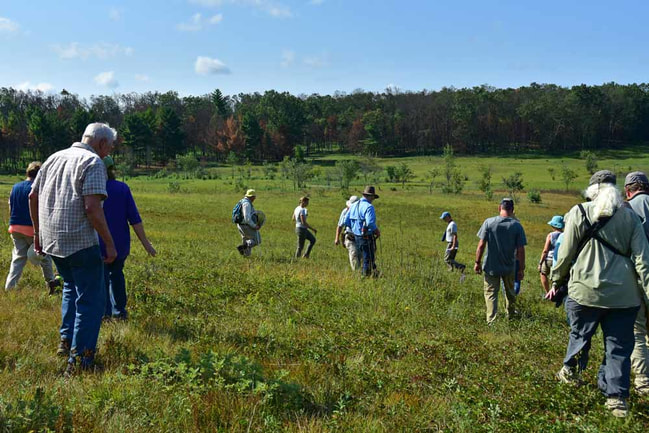
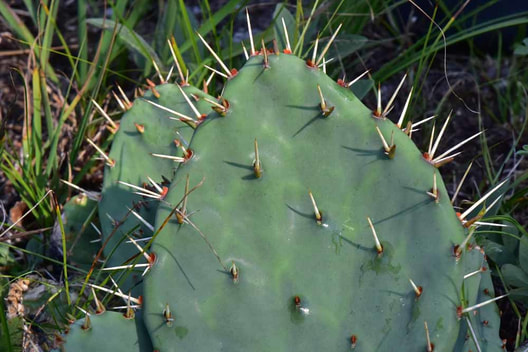
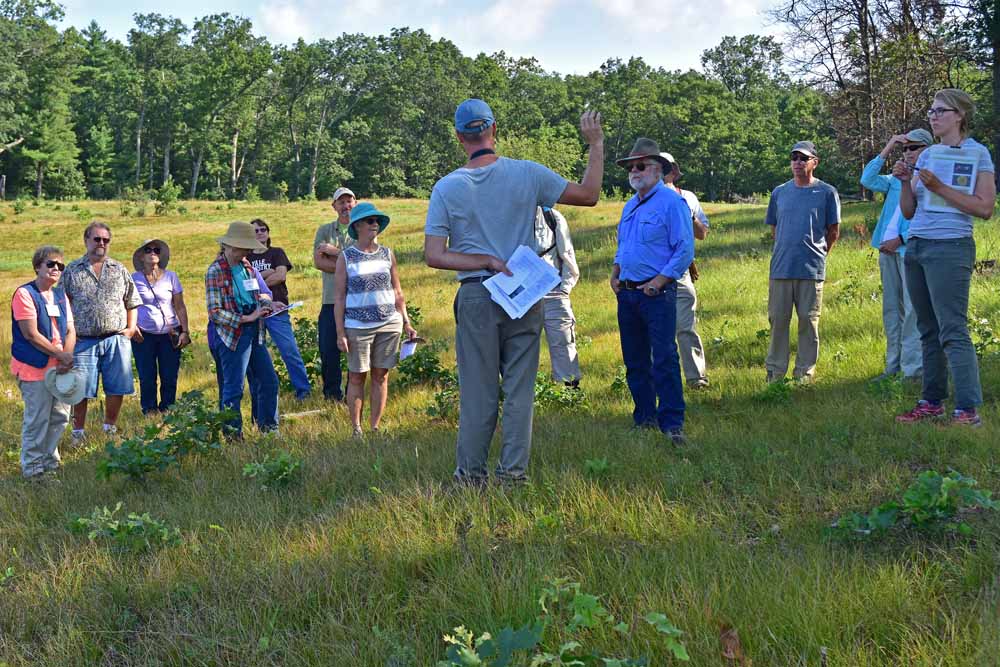
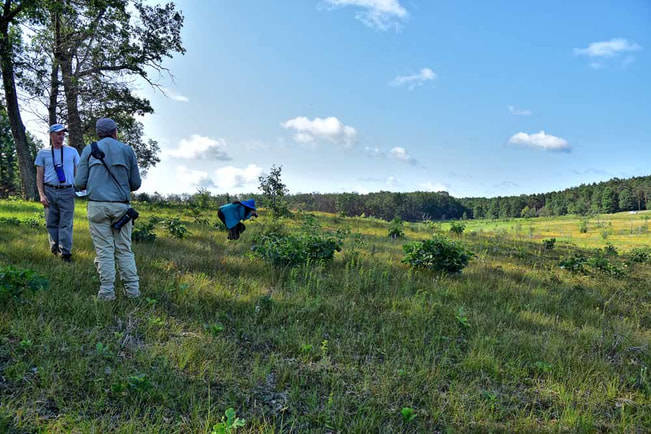
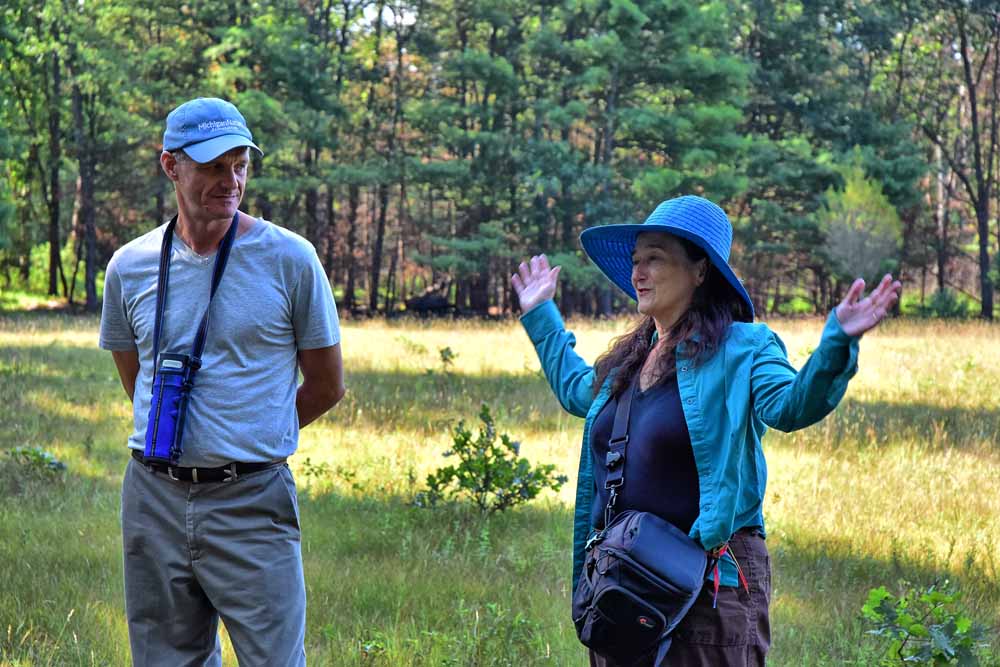
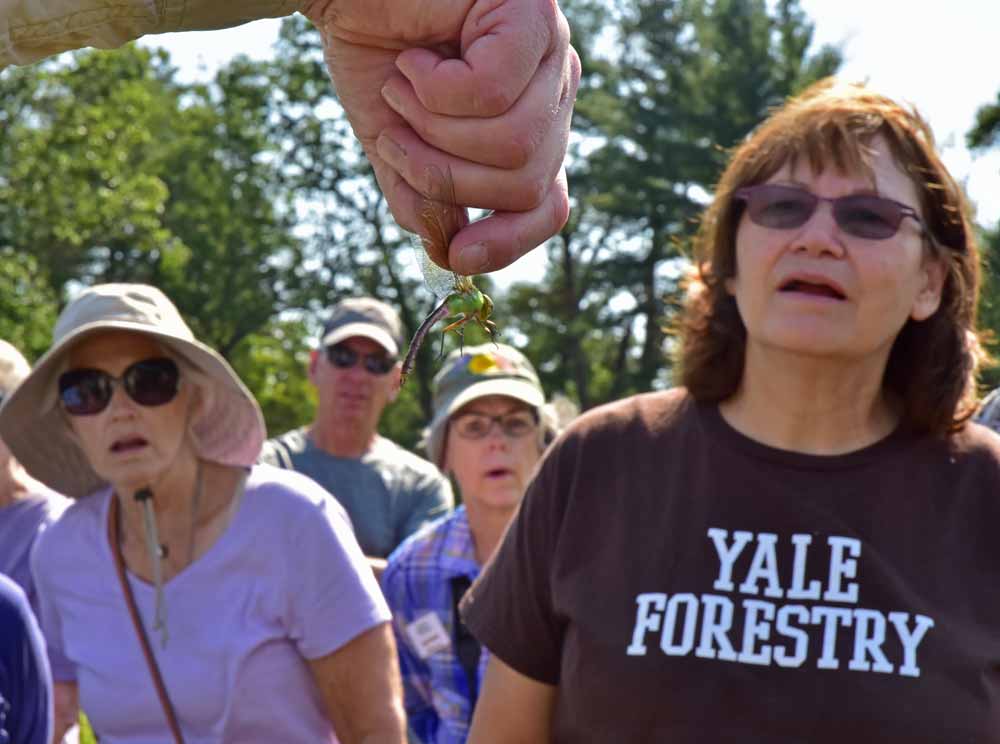
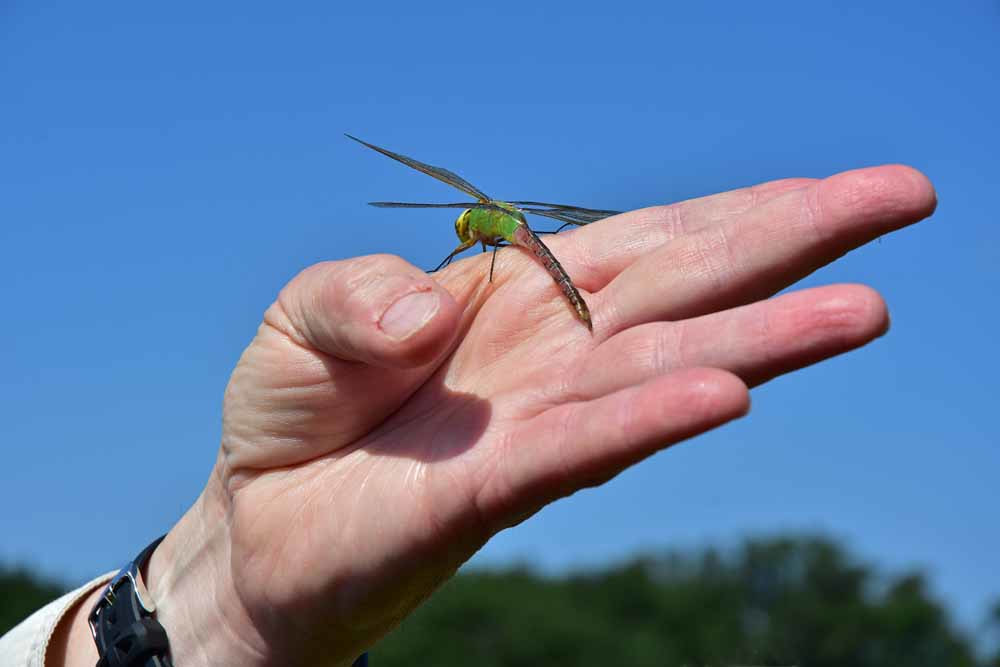


 RSS Feed
RSS Feed